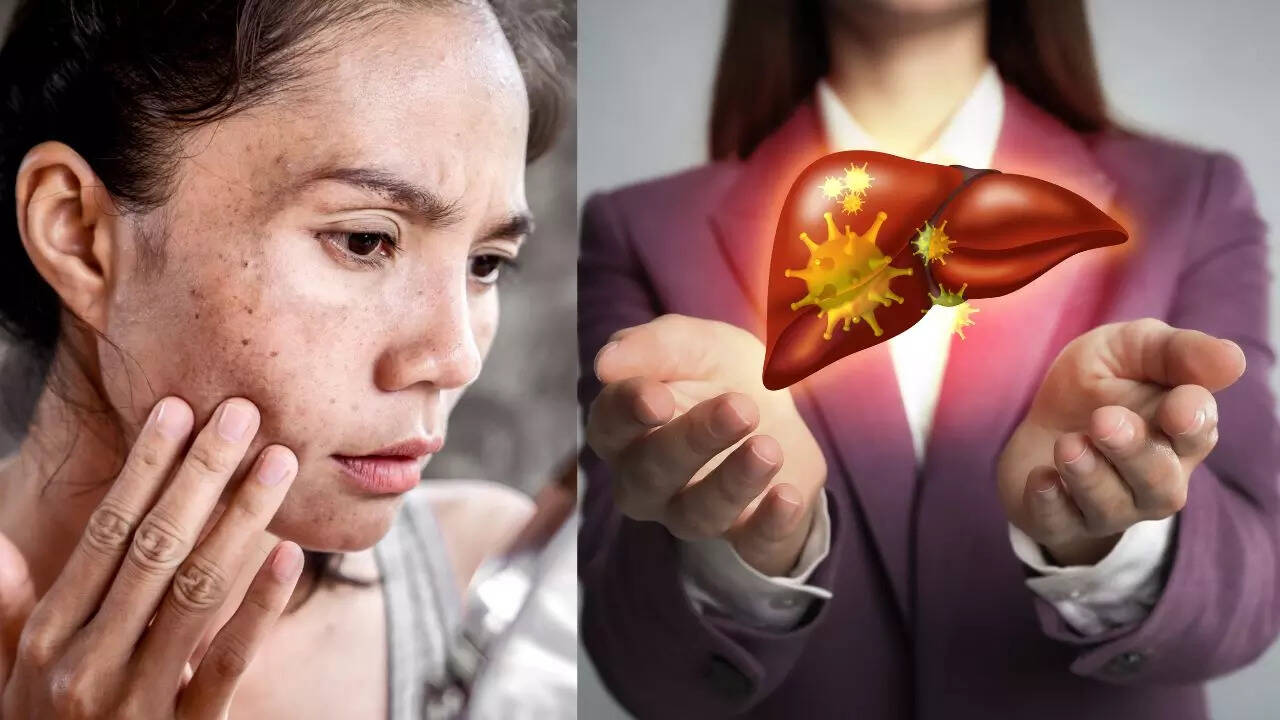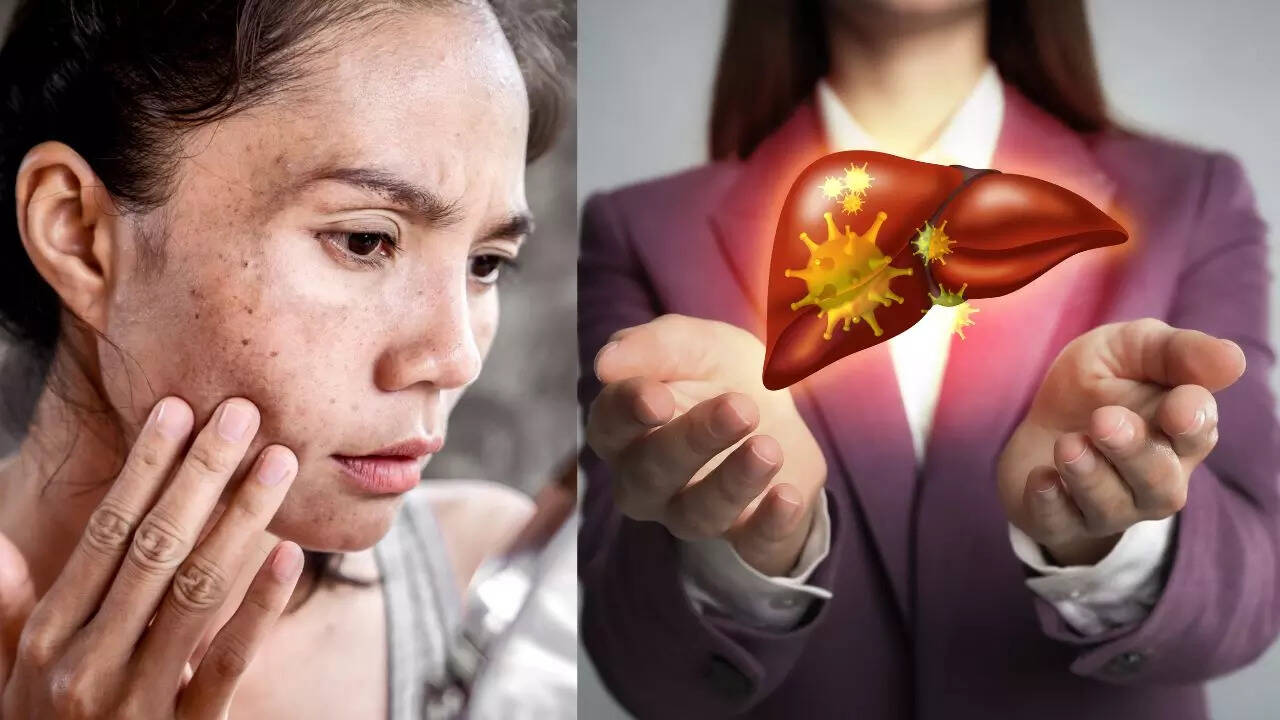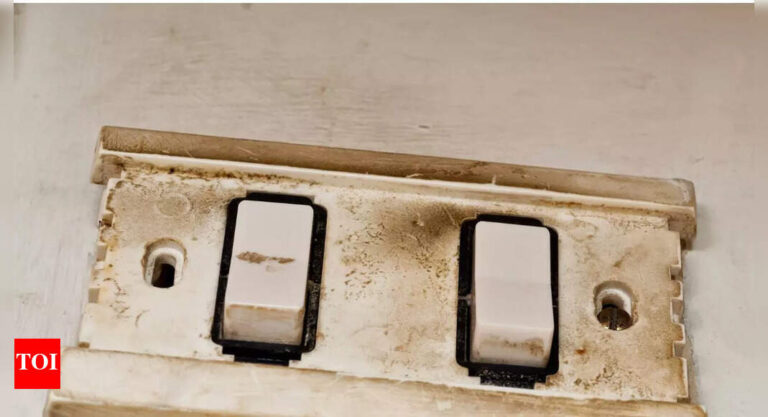
To diagnose underlying liver issues, evaluation from a healthcare professional is essential.
Liver function tests: This is usually considered the first step to assess how efficiently the liver is metabolizing toxins and hormones.
Imaging techniques: Ultrasound, CT scans, or MRI are also employed to identify structural liver changes, including scarring, fatty infiltration, or cirrhosis.
Dermatological assessment: This may also help distinguish liver-related hyperpigmentation from common age spots or other skin conditions.
Recognizing these changes early, and seeking timely medical evaluation through liver function tests, imaging, and dermatological assessment, can help detect liver conditions. Also, maintaining liver health through a balanced diet, regular exercise, and avoiding excessive alcohol or hepatotoxic substances can also help prevent liver damage.








